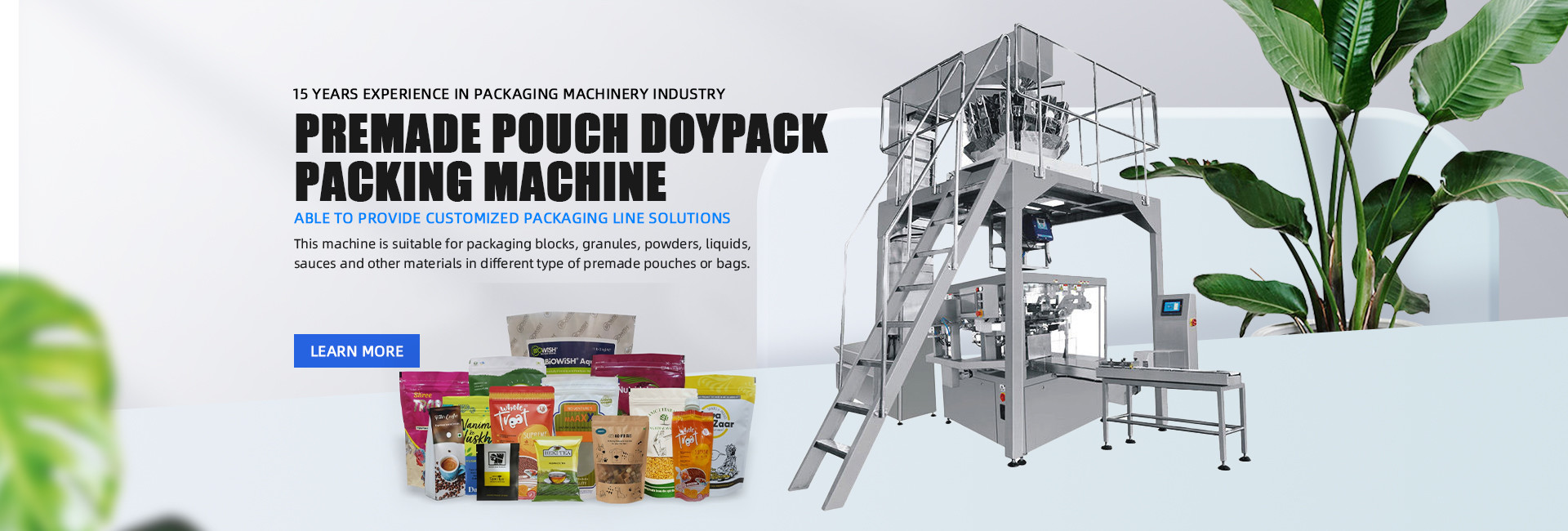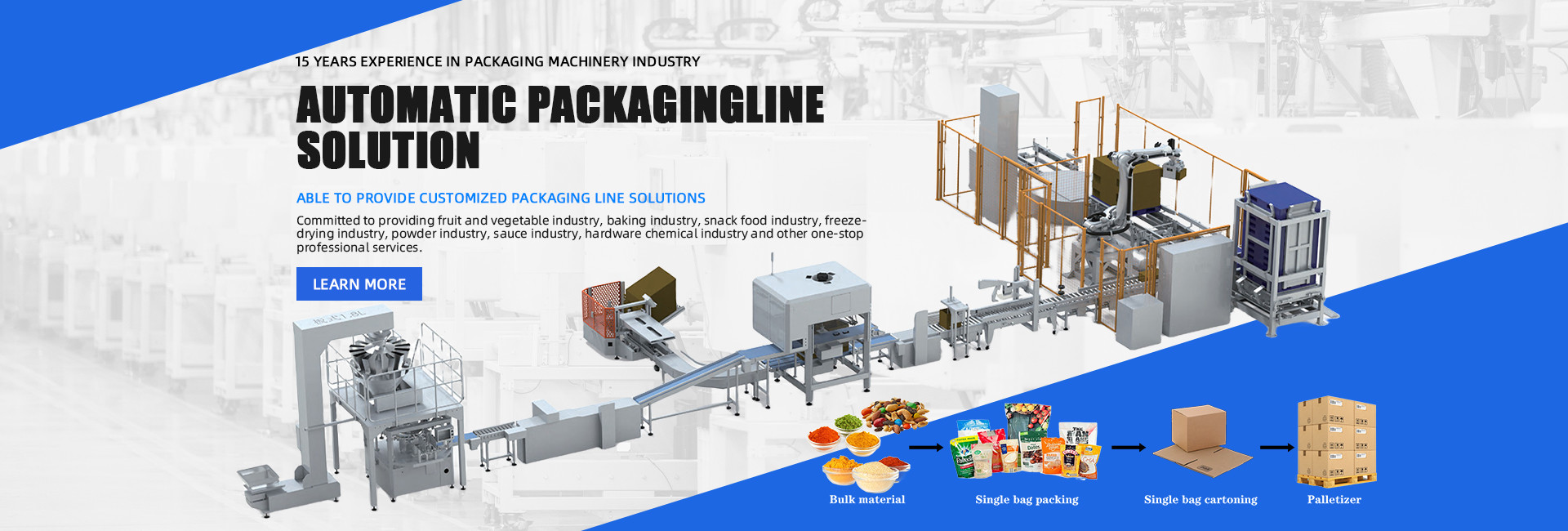Dedicated to Dried Fruit and Nut Processing Plants: Application Advantages and Solutions of Pouch Packaging Machines
2025-12-07
In the dried fruit and nut processing industry, the packaging stage not only affects production efficiency but also directly relates to product freshness and brand image. Pouch packaging machines, with their core advantages of strong adaptability to pre-made bags, precise metering, and reliable ...
View More
Pillow Packaging Machine: A High-Efficiency Solution for Industrial Parts Packaging, Adaptable to Multiple Scenarios
2025-11-28
In the final stage of industrial production, parts packaging not only addresses protection needs during transportation and storage but also impacts product delivery quality and brand image. Pillow packaging machines, with their core advantages of high speed and stability, wide adaptability, and high ...
View More
Applications and core advantages of vertical packaging machines (VFFS) in confectionery processing
2025-11-20
Vertical Form Fill Seal (VFFS) packaging machines, as core packaging equipment in the confectionery processing industry, perfectly adapt to the diverse forms and large-scale production needs of confectionery products due to their integrated "bag making-filling-sealing" operation. They have become ...
View More
How to Choose a Pet Food Packaging Machine (Factory Guide)
2025-11-13
The core of choosing a pet food packaging machine is matching production capacity, pet food form, and compliance requirements, prioritizing practicality and long-term operating costs. I. Clarify Core Matching Dimensions Pet Food Form Compatibility: Vertical pellet packaging machines are suitable for ...
View More
How a Doypack Packaging Machine Ensures Product Quality & Integrity
2025-11-06
A Doypack packaging machine (or Doypack packing machine) safeguards product quality and integrity through precision-engineered components, automated quality checks, and airtight sealing technologies—addressing risks like contamination, leakage, spoilage, and inconsistent packaging. Below are its key ...
View More


